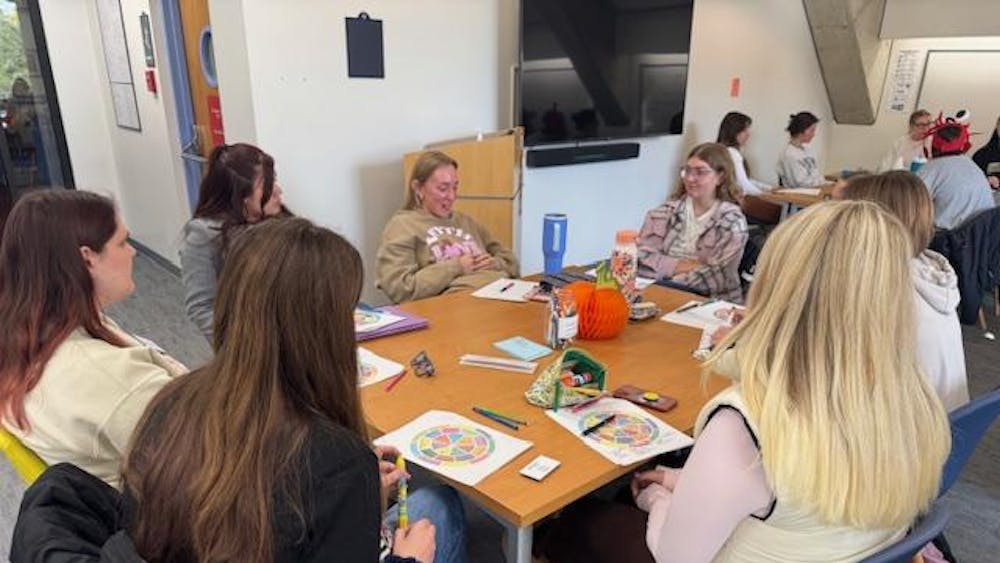In the keynote address of a symposium sponsored by Notre Dame Law School, adjunct professor of law Alexandra Levy said the drama of sex trafficking makes it a “good story" for news outlets to cover. In the lecture, Levy sought to answer the question "why is sex trafficking a crime?"
“Maybe more than any other crime, sex trafficking makes a great story,” she said. “The popular narrative that is told and repeated by the media shocks us with its gory details and seduces us with its promise of justice. It’s an entertaining story, as far as it’s all drama and violence and greed and rescue.
"It’s a satisfying story because, at least in the most popular discourse, it has bad guys who are very bad and good guys or girls who are very good. It’s an addictive story, because it’s about sex and virtue and protection.”
In her presentation, Levy detailed the three models the law community considers when discussing sexual trafficking: the traditional model, the rescue model and the labor model.
First, Levy compared the traditional model and the rescue model, both of which argue that commercial sex, even if it isn’t trafficking, is harmful to societal values. They differ, however, in how women are involved — the traditional model holds women accountable for being prostitutes whereas the rescue model does not.
“Unlike the traditional model, the rescue model assumes that women cannot consent to participation in commercial sex, that they are direct victims and therefore, as a matter of justice and efficiency, they cannot be subject to punishment,” she said.
Levy explained the difference by using an example case in which a pimp and his “bottom” girl, or most trusted prostitute, worked together to bring an underaged girl into prostitution. Under the traditional model, the “bottom” girl can be punished, but under the rescue model, she cannot because she is also a victim.
The first two models were also put into historical context. According to Levy, sex trafficking used to be considered almost anything outside the sexual norm: Interracial relationships, religious-based polygamy and other nonconformist sexual behavior was considered sex trafficking. Levy said interracial relationships in particular were frowned upon, with some even calling sex trafficking the “white slave trade.”
“The women and children were nominal victims — their interests were rarely considered and never talked about,” she said. “Instead, the same ‘common good’ trumpeted by the Bitty court [US v. Bitty, 1908] animated the talk against the ‘white slave trade’ and also the talk against prostitution.”
The final model, the labor model, is different from the first two in that it does not see the existence of consensual commercial sex as problematic. Rather, it is only sex trafficking that is the problem. Levy said this model views commercial sex as a labor the prostitute should be paid for and, in the case of of sex trafficking, receive restitution for.
Levy said the story of sexual trafficking, as the media presents it, is contradictory in nature because it is designed to pull viewers in to witness a sensitive and private topic.
“It’s an alluring story because it’s a bit pornographic,” she said. “But it’s a great story because it’s a story about sexual assault determination told in the language of pornography. It’s a story that calls on us to turn away, to respect boundaries by resisting the voyeuristic allure.”
Read More
Trending









